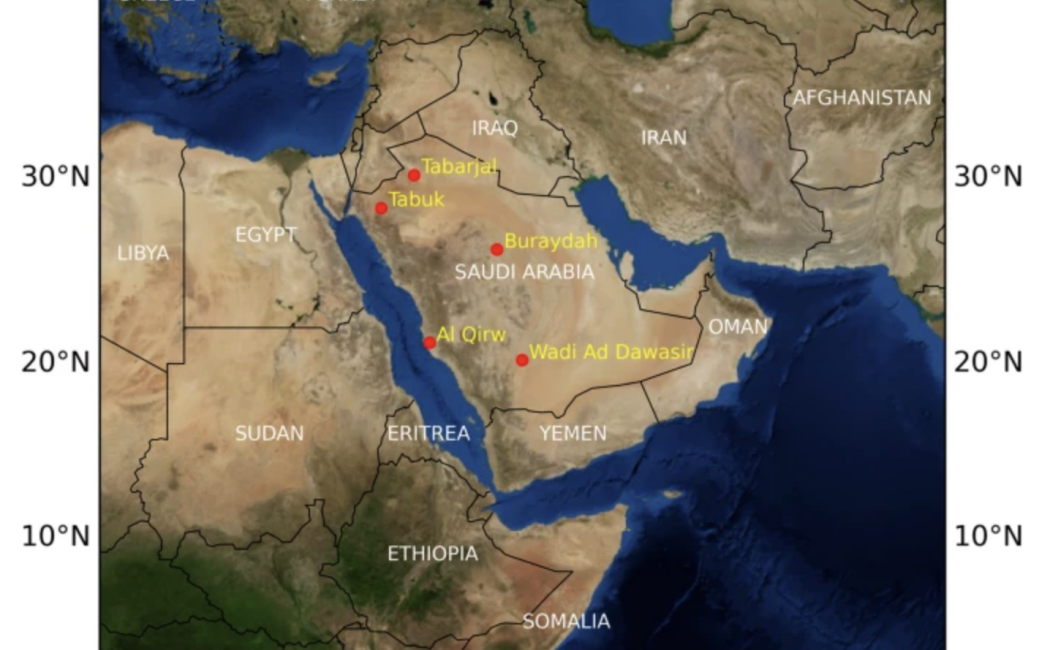


22 June, 2020
A recent study by KAUST researchers, led by Ibrahim Hoteit, has emphasized the challenges of developing climate forecasts for enclosed seas like the Red Sea. The team’s research highlights the complexity of extrapolating future climate trends from historical data, underscoring the need for caution in such endeavors.
The study, conducted in collaboration with researchers from Saudi Arabia, Italy, and Ecuador, used high-resolution global datasets to analyze wind and wave trends in the Red Sea since 1979. They then expanded their analysis to lower-resolution historical data from the 20th century to assess the influence of global climate patterns on the region.
The findings revealed a significant reduction in the intensity and frequency of wind and wave events entering the northern Red Sea, potentially linked to a 70-year cycle in the North Atlantic, known as the Atlantic Multidecadal Oscillation (AMO). This cycle is expected to shift in the coming decades, which may result in a reversal of the current decreasing trend in northern Red Sea events.
In the southern Red Sea, wind and wave conditions are driven by winter monsoons from the Arabian Sea. However, these monsoons are difficult to predict over long-term periods. The researchers found that wind and wave patterns in the southern part of the sea could vary randomly, with intensity dependent on monsoon characteristics.
This study suggests that the method used for analyzing climate trends in the Red Sea could be applied to other enclosed seas, provided their dominant climate variability components can be decomposed. The team plans to further investigate the impacts of large-scale climate variability on the Red Sea’s marine ecosystem and how this understanding could inform the design of wind energy farms, particularly for Saudi Arabia’s NEOM project.
🔗 Read more on KAUST Discovery
Langodan, S., Cavaleri, L., Portilla, J., Abualnaja, Y. & Hoteit. I. Can we extrapolate climate in an inner basin? The case of the Red Sea. Global and Planetary Change 188, 103151 (2020).| article